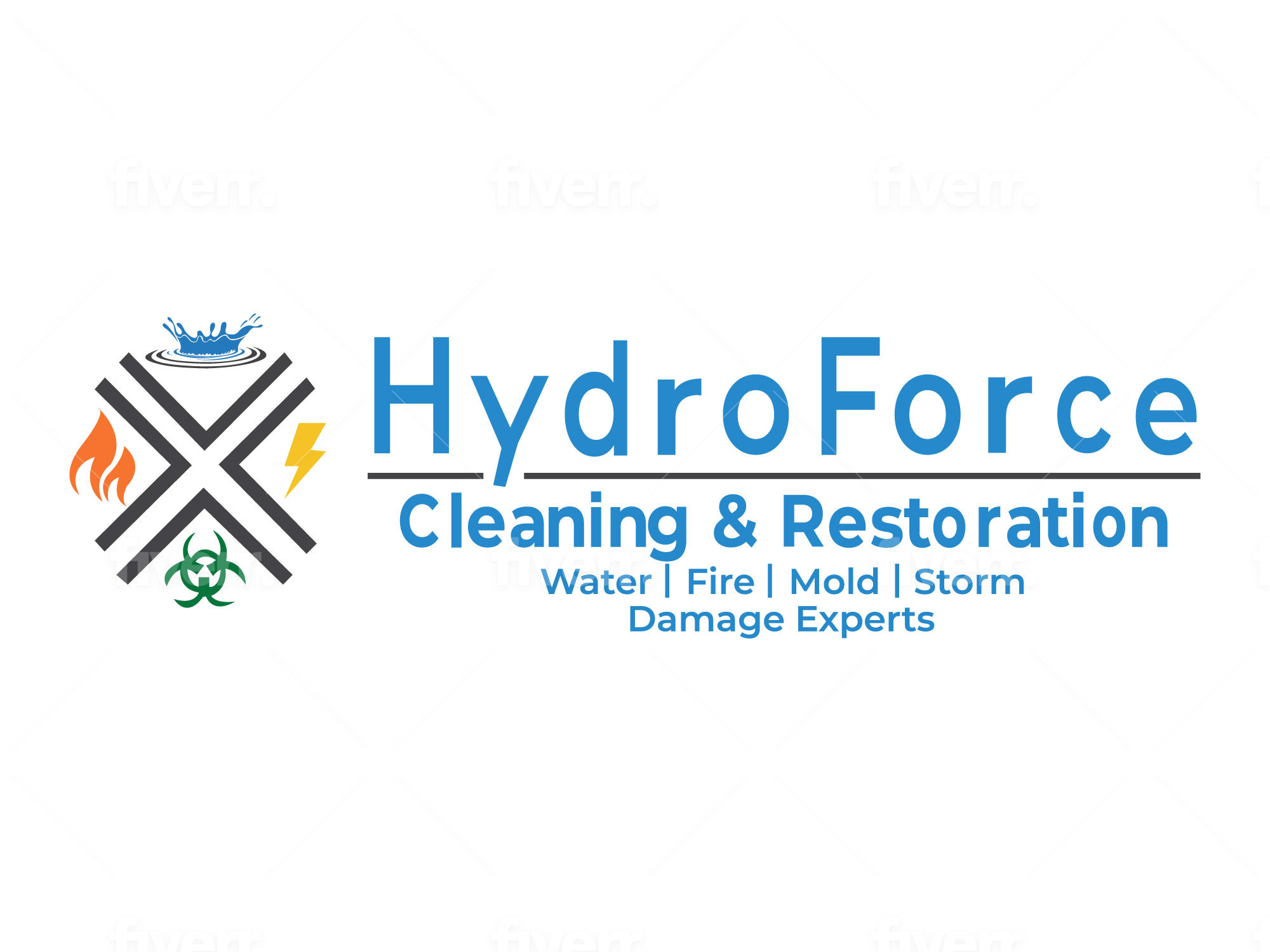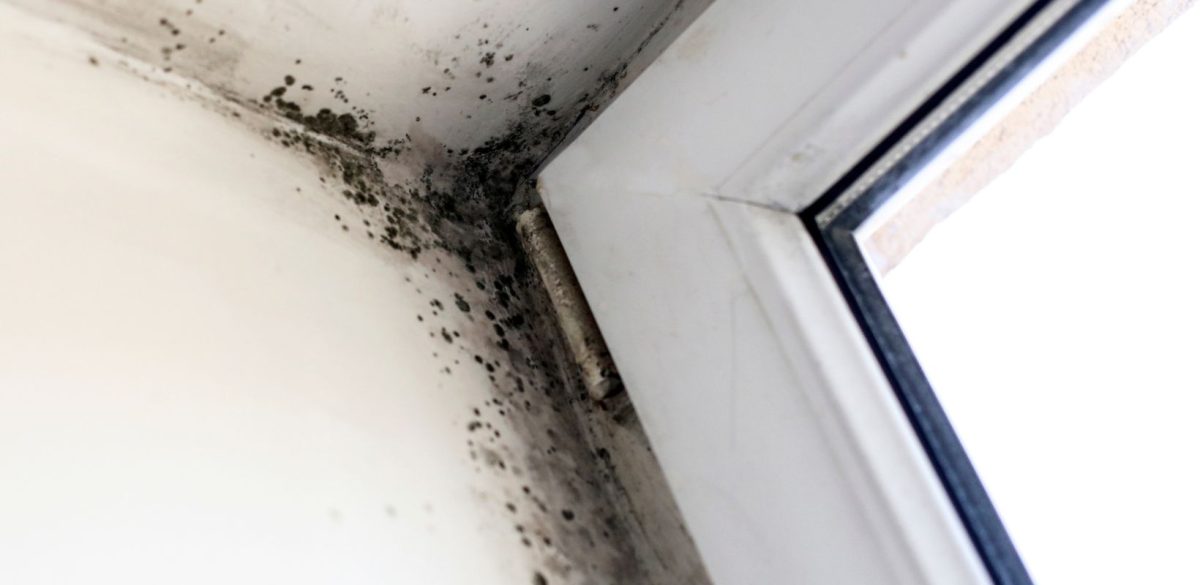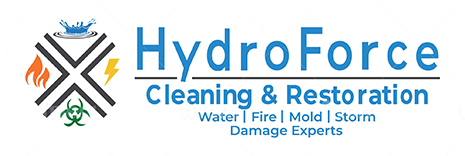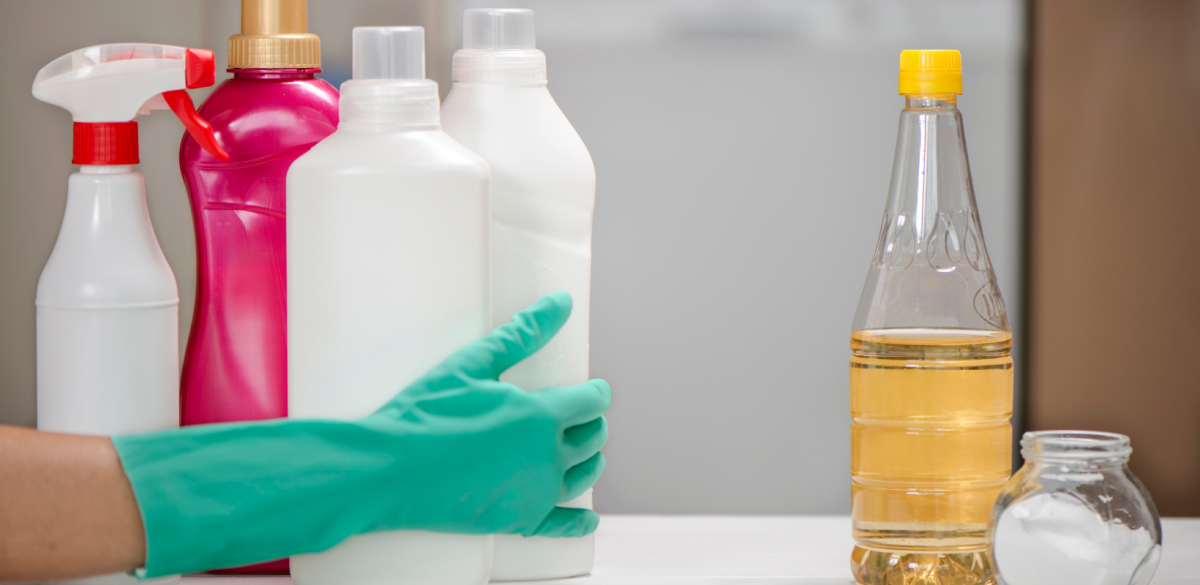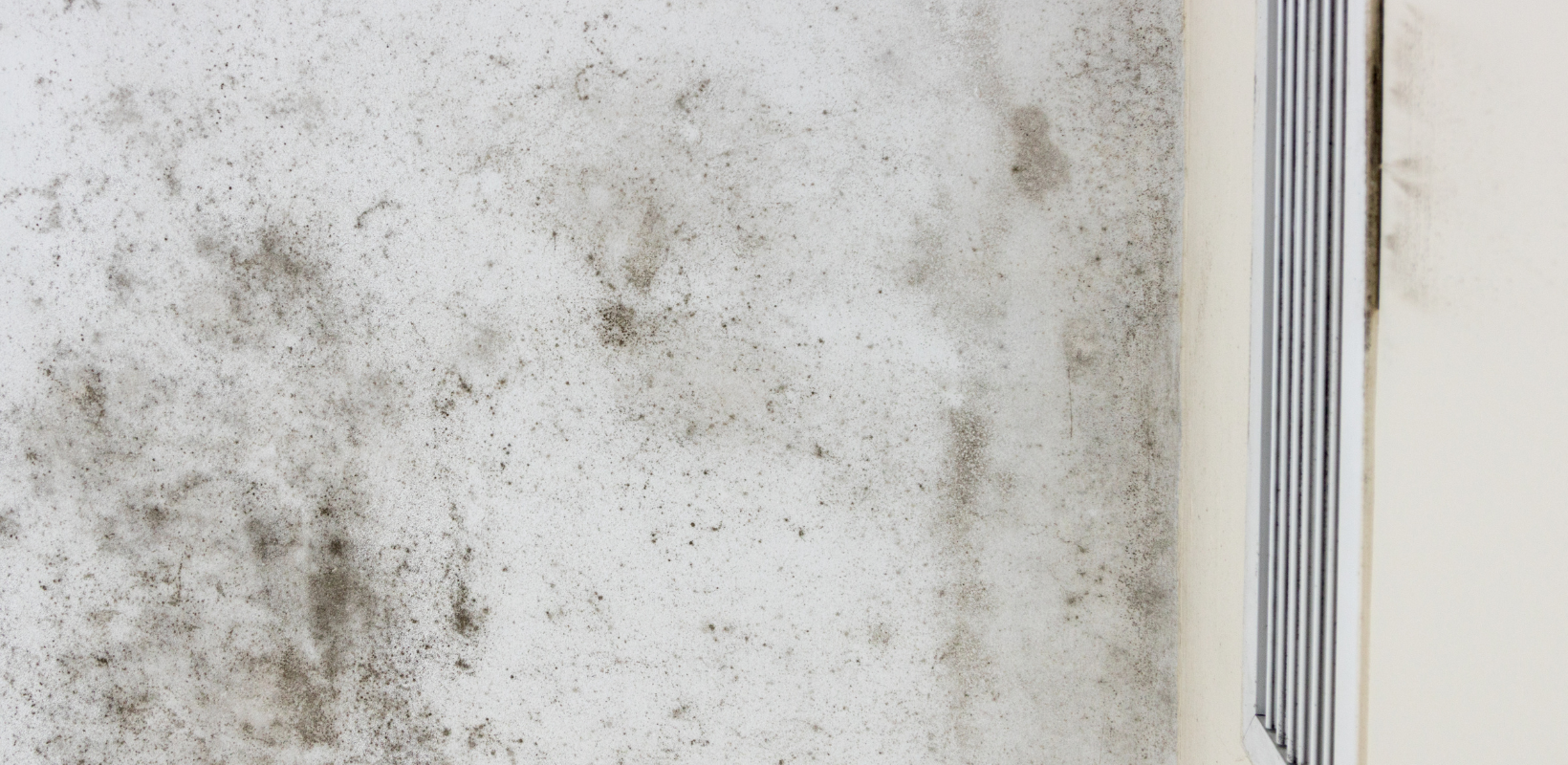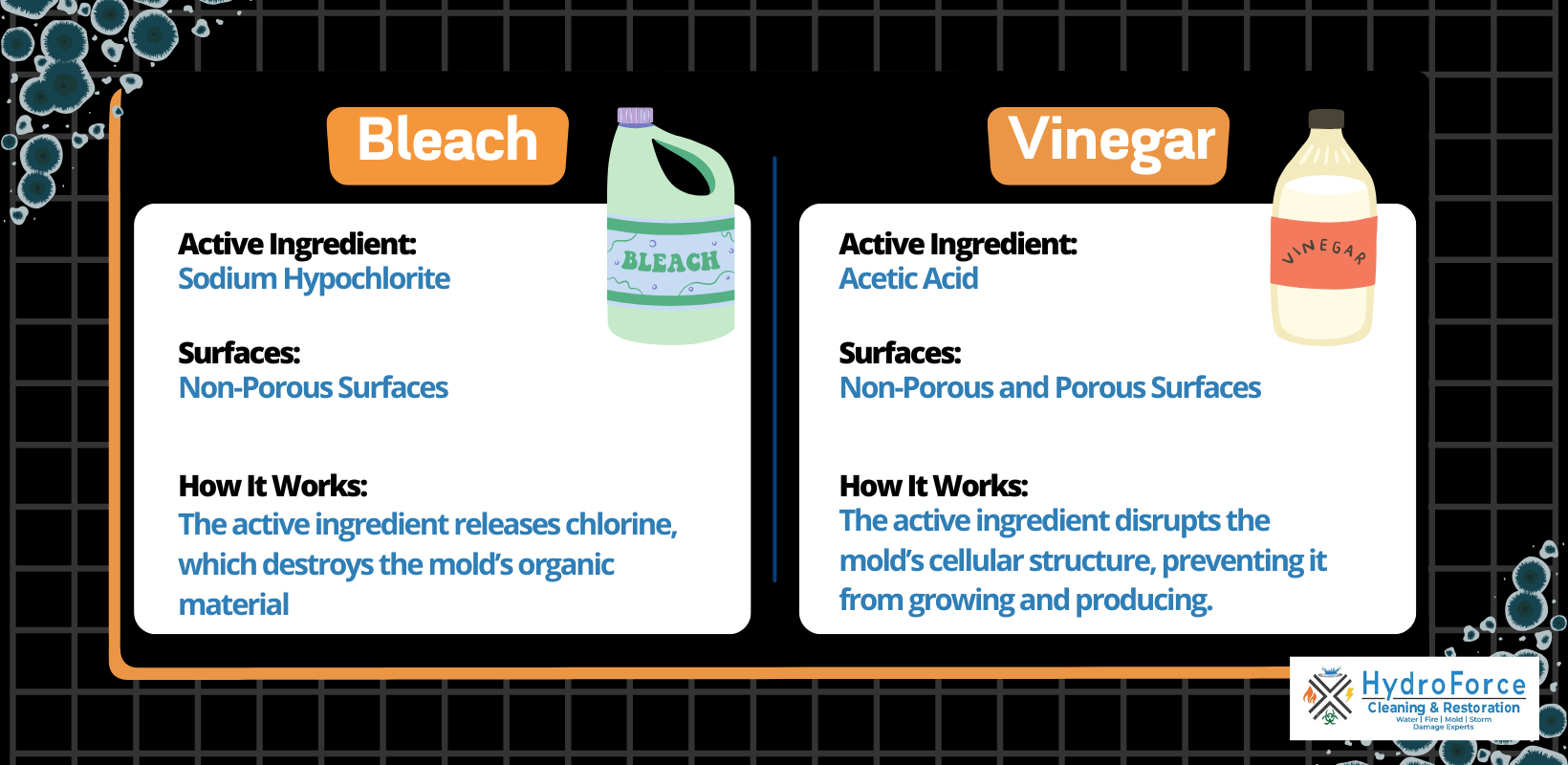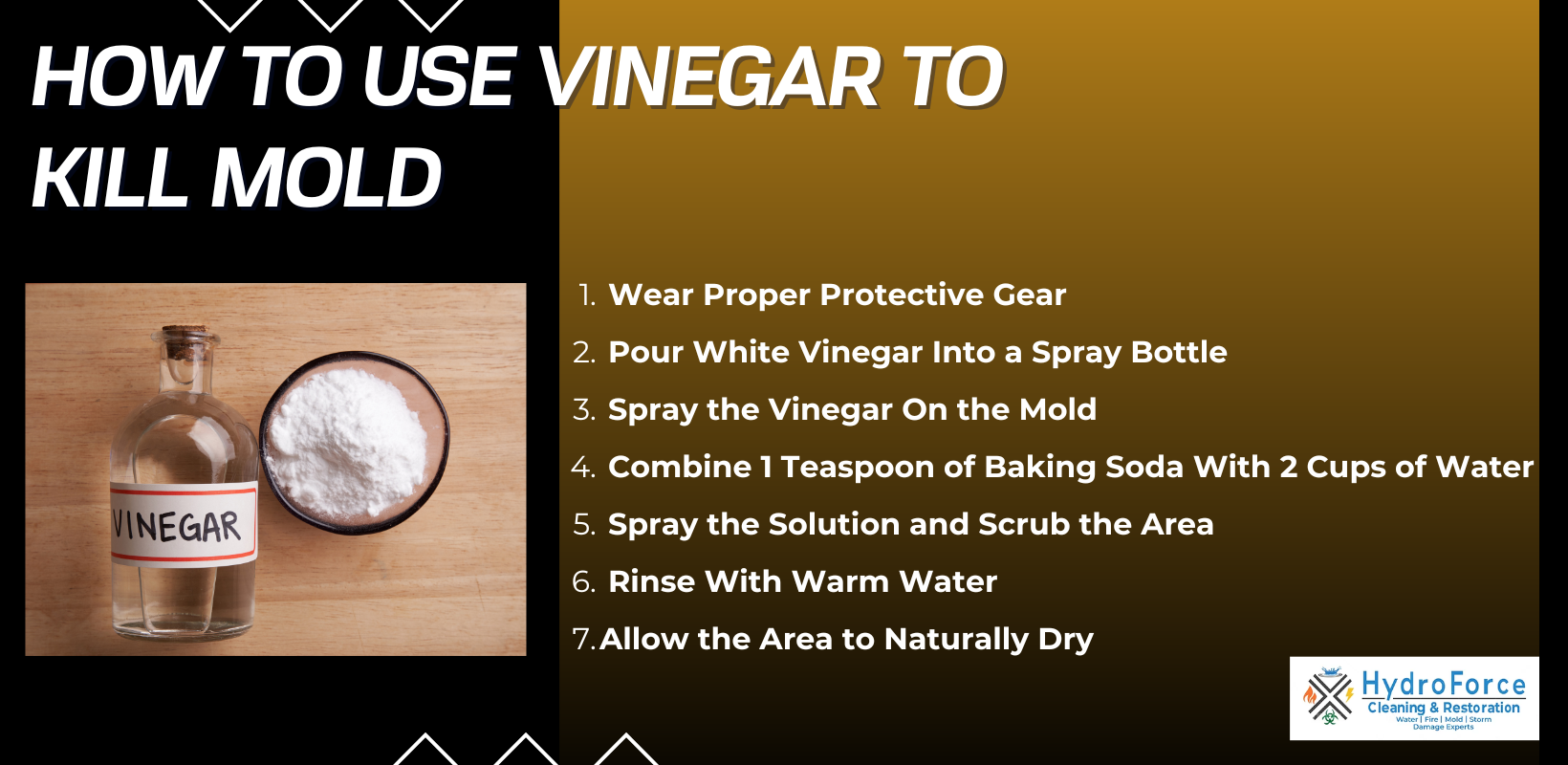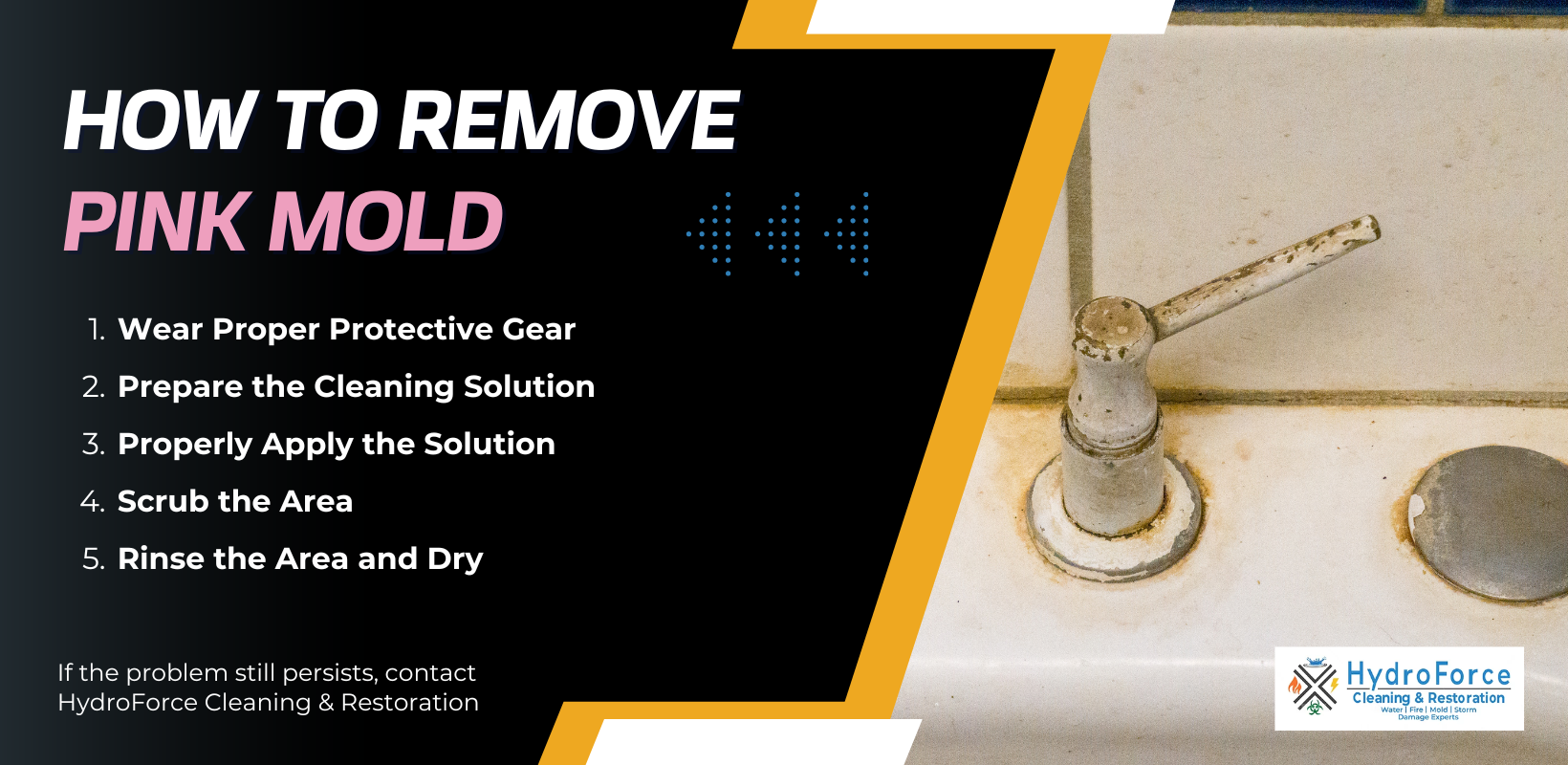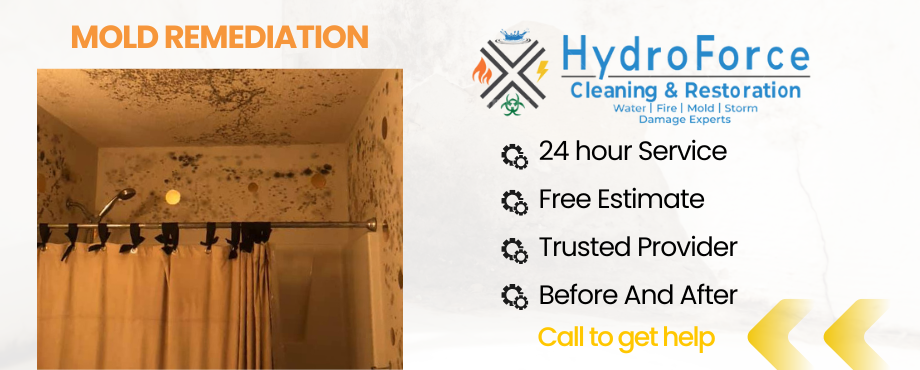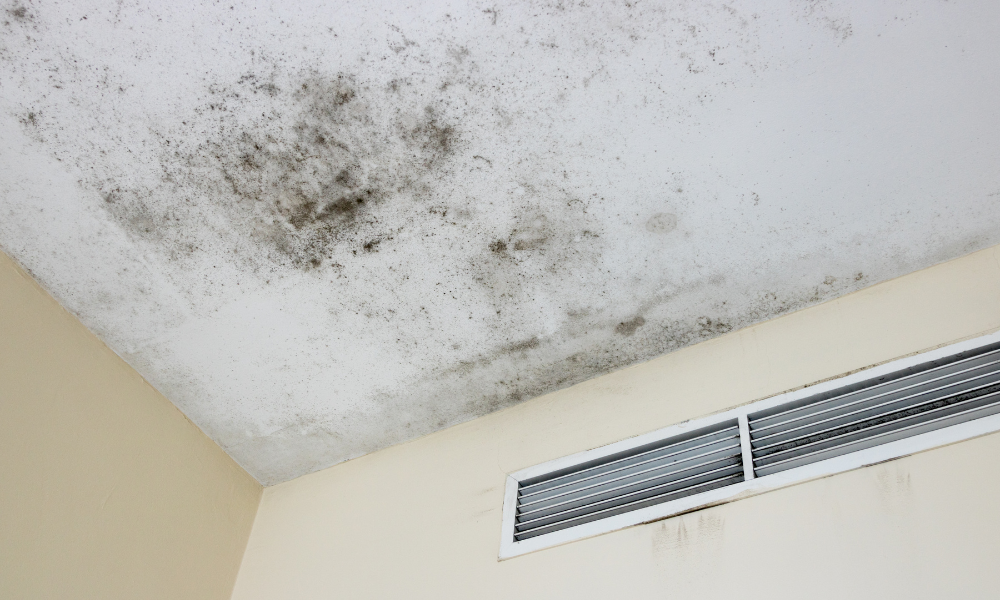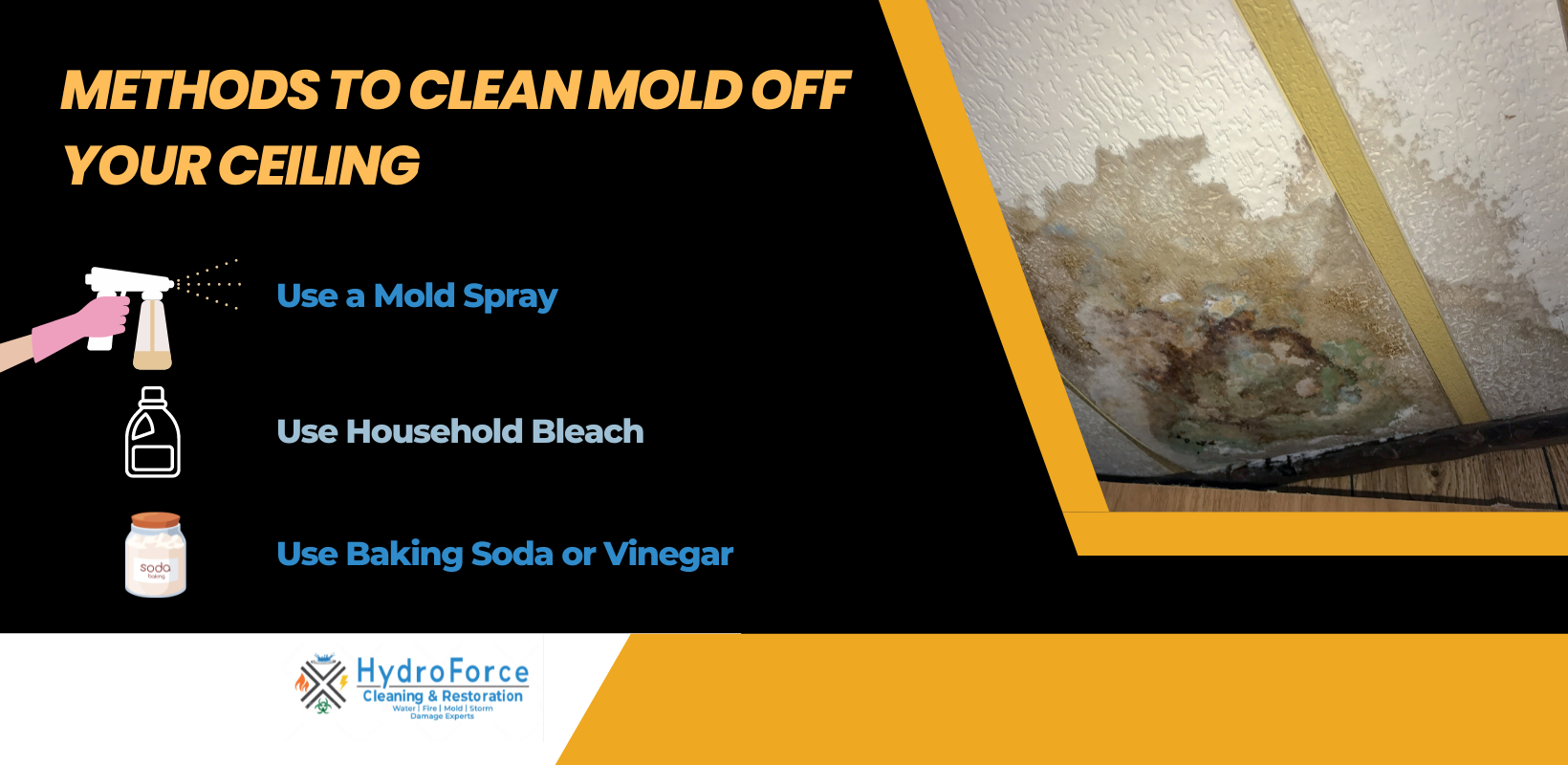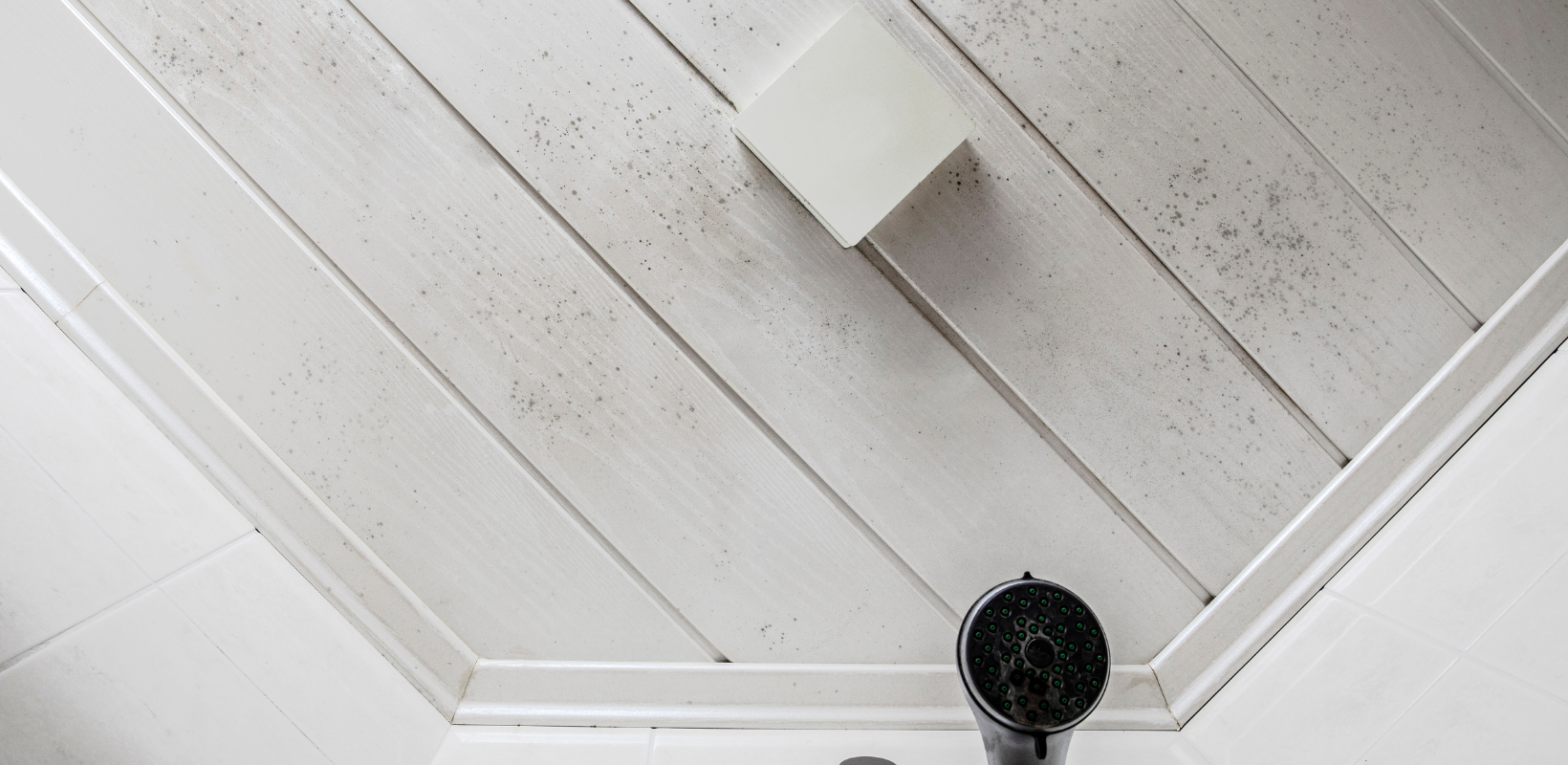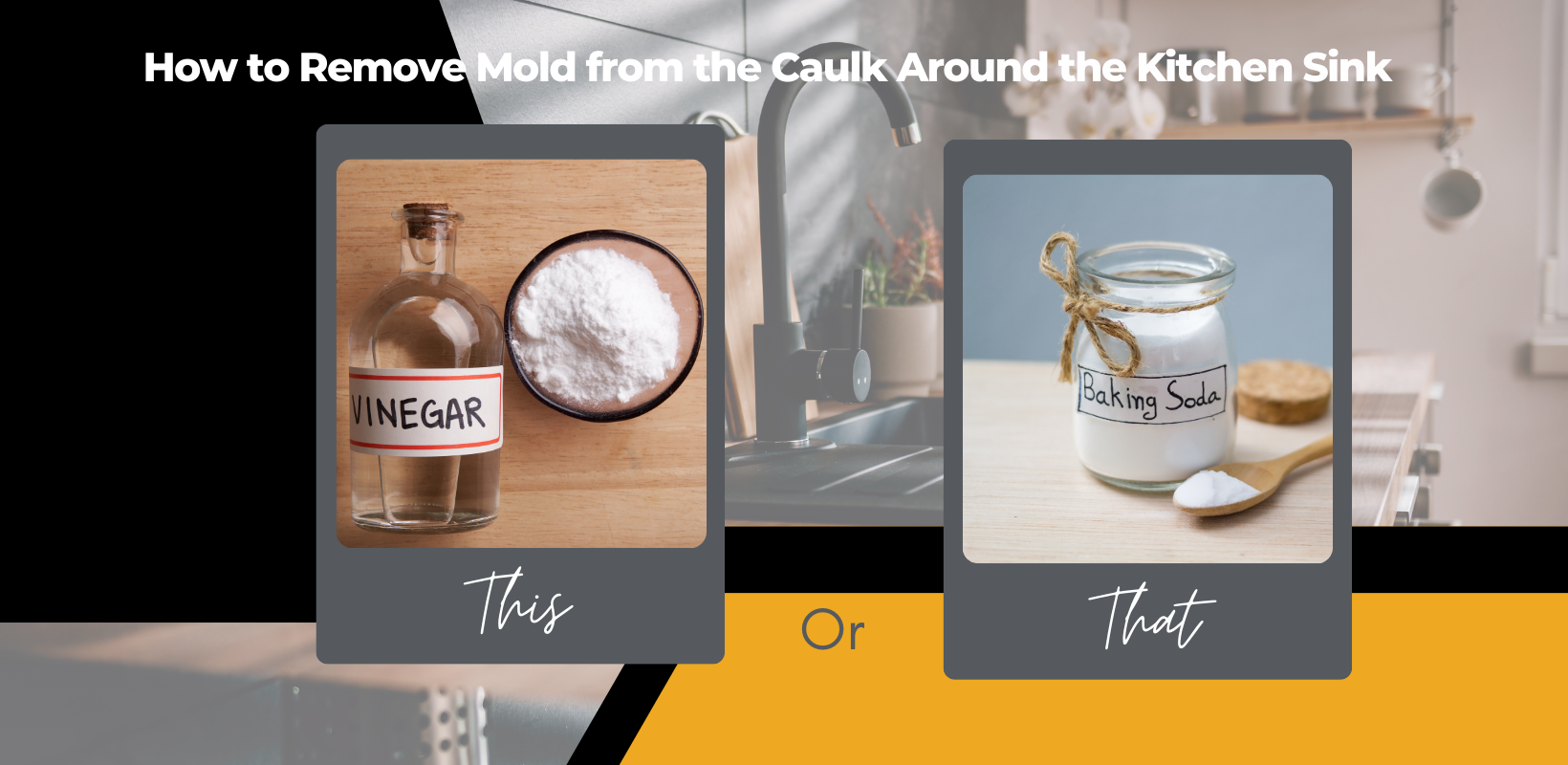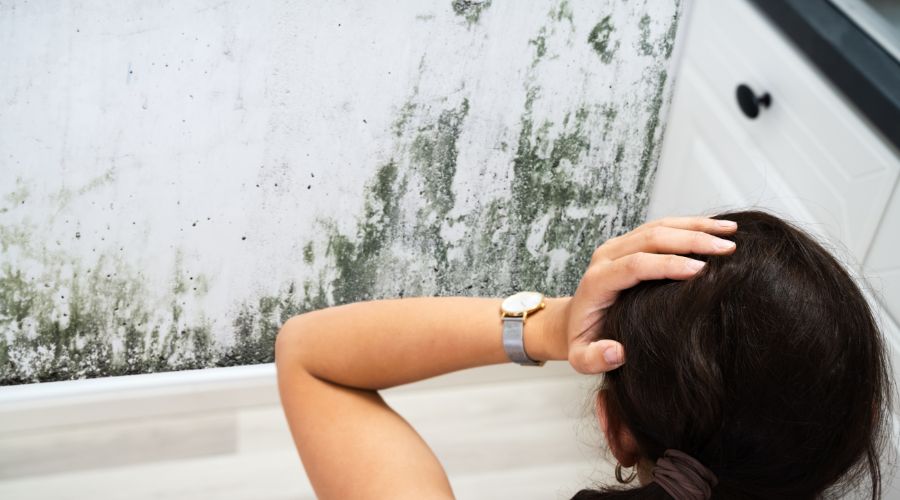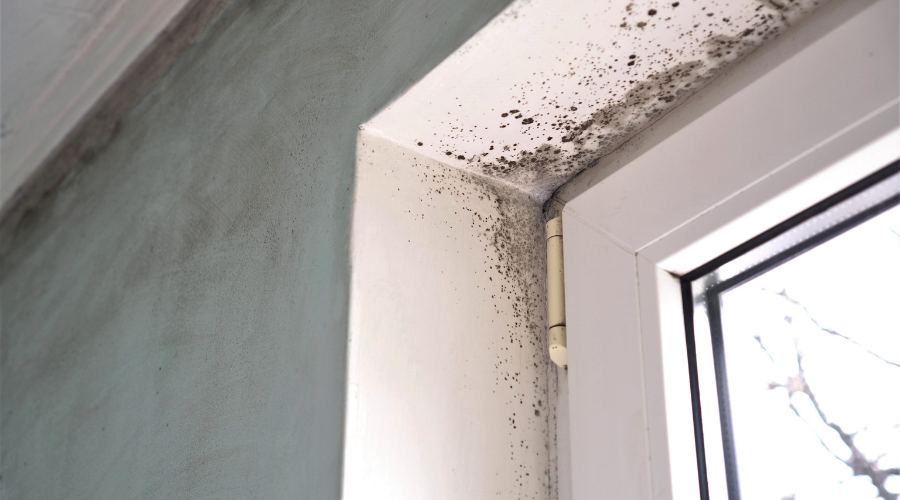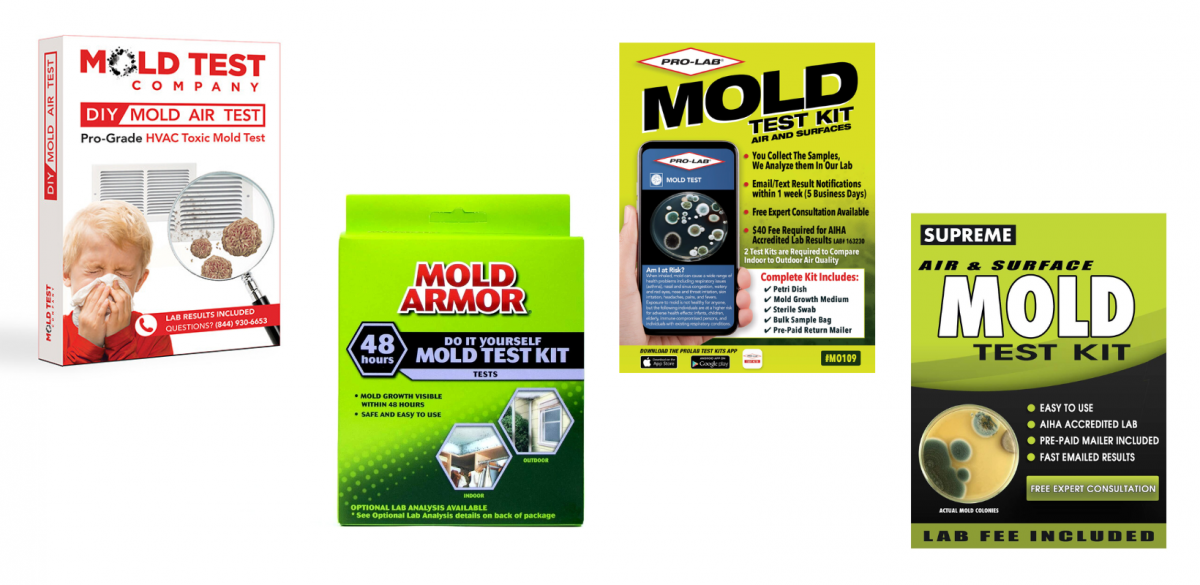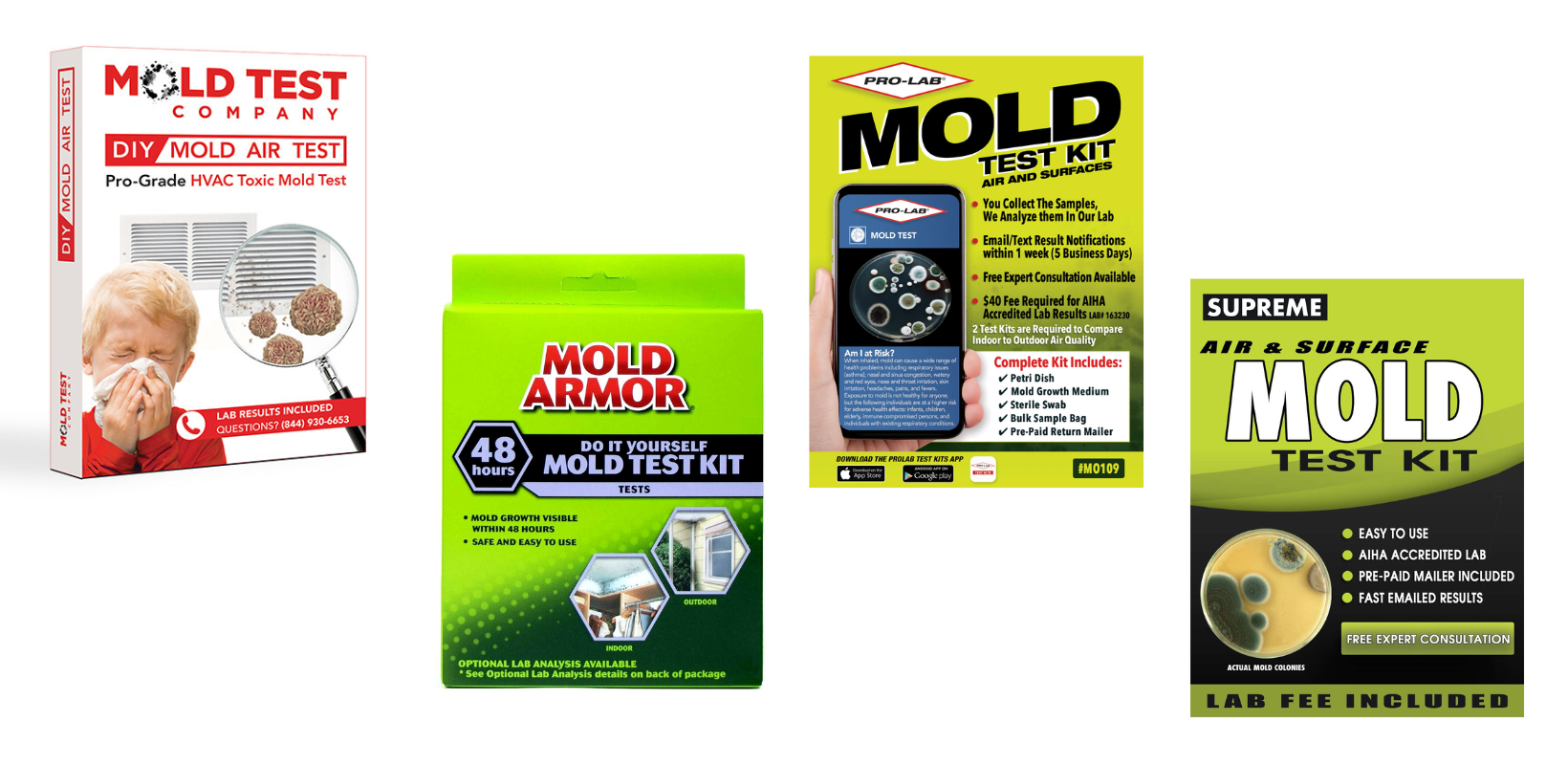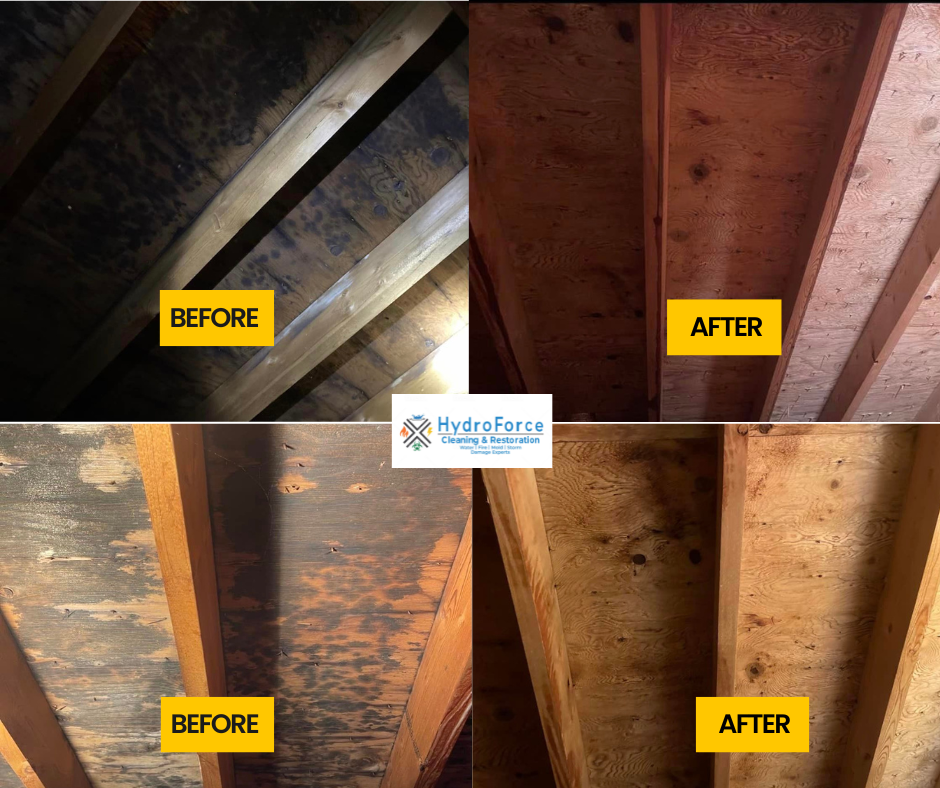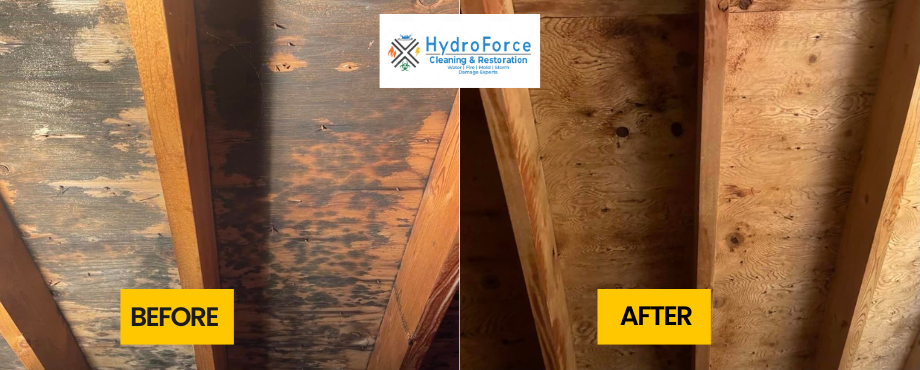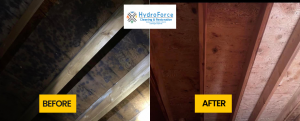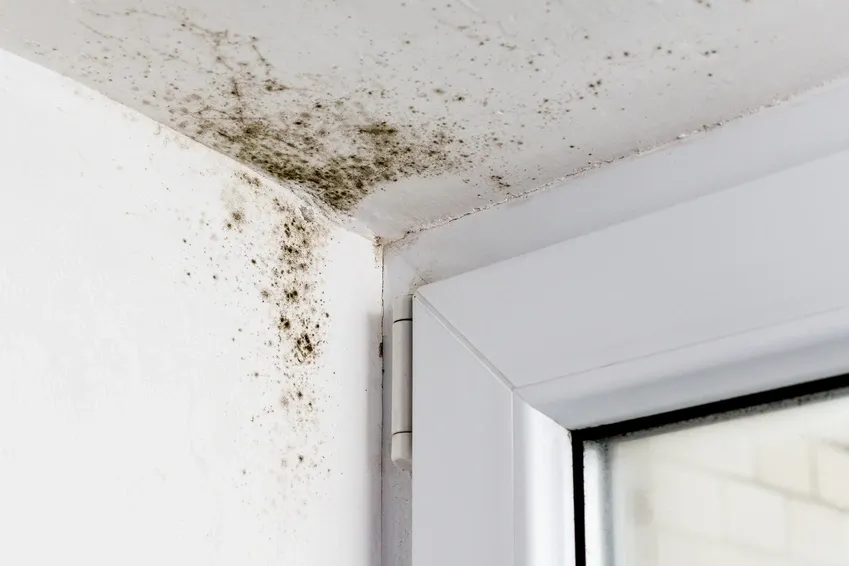Can Hydrogen Peroxide Be Used to Kill Mold?
Home » mold remediation
Mold thrives in damp environments, often appearing in areas like basements due to unresolved leaks. Mold growth can spread and cause significant damage within a home, and mold exposure can cause allergic reactions and other health issues, making it important to remove mold as soon as possible. Fortunately, you can tackle mold in your home using common household products, such as hydrogen peroxide, which is readily available in most medicine cabinets.
In this article, we’ll explore whether hydrogen peroxide effectively kills mold, which surfaces it’s not safe to use on, how to properly use it for mold removal, alternative methods for eliminating mold, when it’s time to call a professional, and tips for preventing mold growth in your home.
Can hydrogen peroxide kill mold?
Hydrogen peroxide is commonly used to disinfect open wounds due to its powerful antimicrobial properties. According to the CDC, it also effectively kills bacteria, fungi, and mold spores by breaking down proteins and destroying microorganisms on contact.
While porous materials like wood, fabric, or ceiling tiles often need to be replaced once they are damaged by mold, hydrogen peroxide can be safely used to remove mold from solid, non-porous surfaces. It’s ideal for cleaning counters, tabletops, glass, walls, and even areas around the shower. To prevent accidental bleaching, make sure you thoroughly rinse off all hydrogen peroxide after cleaning the mold.
What surfaces should I not use hydrogen peroxide on?
Hydrogen peroxide is not suitable for cleaning mold on porous surfaces, including wood, drywall, insulation, and fabrics, because it may not penetrate enough to kill mold roots and could discolor the material. If mold has affected porous surfaces and materials in your home like walls, furnishings, and carpeting, it is best to consult a mold remediation professional.
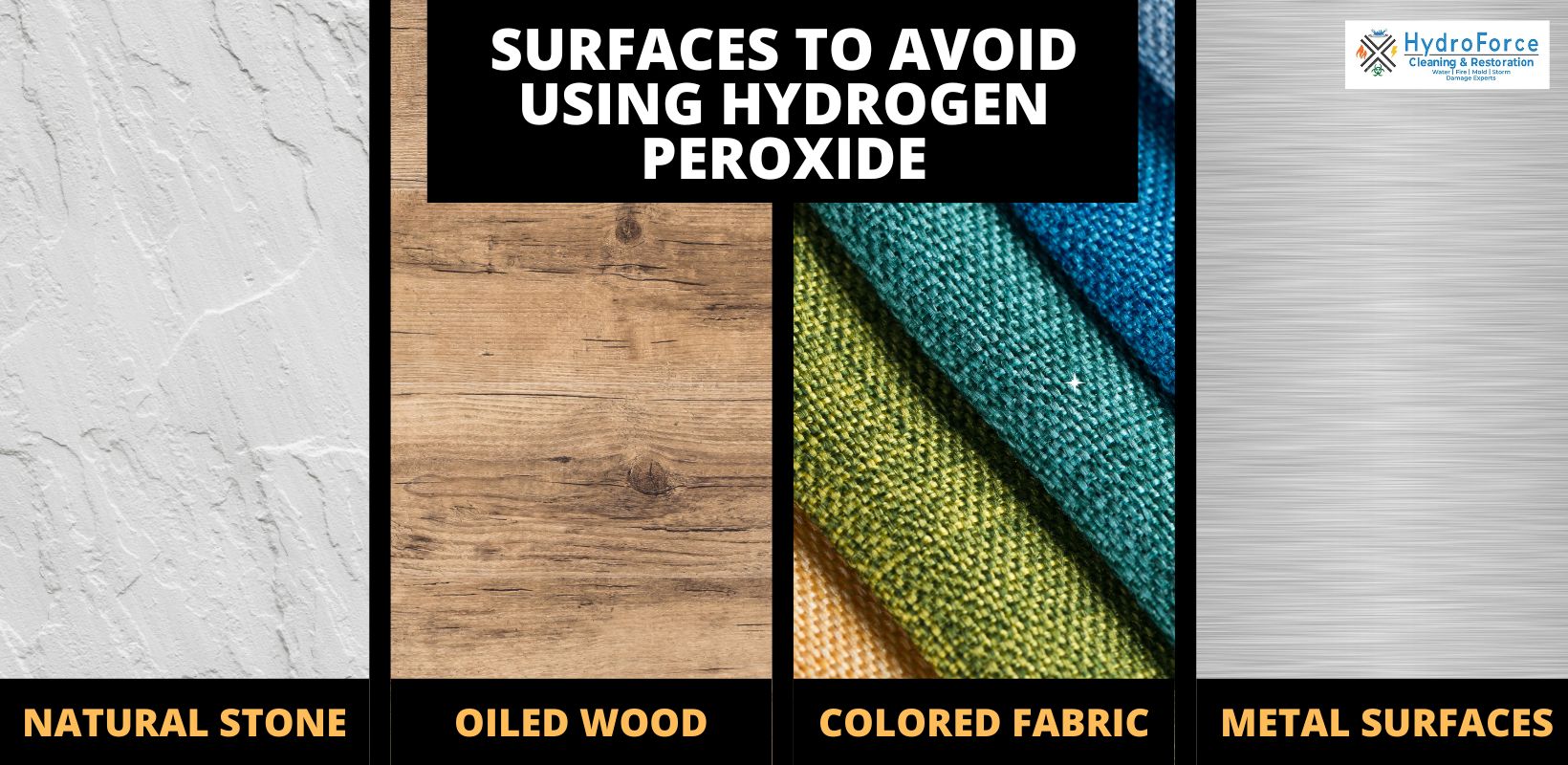
How to kill mold safely with hydrogen peroxide
When cleaning mold in your home using hydrogen peroxide, be sure to wear proper protective gear, including gloves, goggles, and a mask, to avoid exposure to mold spores. You should also be careful to never mix hydrogen peroxide with vinegar, ammonia, or bleach because this can create harmful fumes.
Follow these steps to safely clean mold from solid surfaces using hydrogen peroxide:
- Take three percent hydrogen peroxide and put it in a spray bottle. Make sure to spray the moldy surface until you fully cover the area.
- Let the hydrogen peroxide sit until it begins bubbling.
- Scrub the mold and hydrogen peroxide with a soft brush or rag, scrubbing more gently as you go so you do not damage the surface below the mold.
- After removing the mold, rinse and dry the area with a clean cloth or rag.
- Keep repeating the process as needed.
Hydrogen peroxide isn’t the only household product that can clean mold—vinegar works too. However, it’s essential not to mix the two. Combining them creates peracetic acid, a toxic substance that can irritate your eyes, skin, and lungs.
What are some other alternative ways to get rid of mold?
Even though hydrogen peroxide is an effective household product for removing mold, there are other household products that can be just as effective, including:
- Tea tree oil: This oil is an extract of a tree called Melaleuca alternifolia. It contains an antimicrobial chemical called terpinene-4-ol, which can help inhibit fungal growth. You can simply mix a teaspoon of the oil and a cup of water or a cup of vinegar, spray it directly on the mold, and wait an hour before scrubbing.
- Vinegar: Vinegar is usually five to eight percent acetic acid, which can kill some types of mold by disrupting their pH balance. Spray undiluted white vinegar onto the moldy area and let it sit for one hour before cleaning. Make sure to never mix vinegar and hydrogen peroxide.
- Baking soda: Baking soda (sodium bicarbonate) has antimicrobial properties and can kill bacteria, fungi, and other small organisms. Mix a tablespoon of baking soda with a cup of water and spray it onto the mold. It should sit for at least 10 minutes before scrubbing.
- Grapefruit seed extract: This oil contains compounds such as citric acid and flavonoids that can kill household mold. You can use it by dissolving ten drops of extract into a cup of water and then shaking it vigorously. Then spray it onto the moldy area and let it sit for at least 10 minutes before cleaning.
When should I call for professional help with mold?
Cleaning mold can sometimes be done as a DIY project, but there are situations where professional help is essential. Here are some scenarios that require experts to handle mold removal:
- According to the Environmental Protection Agency (EPA), you should hire a professional to clean the mold in your home if the affected area is larger than ten square feet.
- If you notice that you have mold in your air conditioning, heating or ventilation system.
- If you have a known allergy to mold or have a health condition which may be worsened by breathing in mold.
How can I prevent mold in my home?
It is important to take the proper steps to reduce moisture in your home and to prevent mold before it starts growing. According to the Centers for Disease Control and Prevention (CDC), taking these specific actions can help:
- Always keep the humidity levels in your home under 50 percent
- Promptly fix all leaks in your windows, pipes, and roof
- Make sure to use exhaust fans in the kitchen and bathroom
- If you’ve experienced a flood, you should dry your home completely within 24 to 48 hours
- You should use mold-killing products when cleaning your bathroom
- Any carpets and upholstery should be dried right away if it has been soaked
- Always make sure to add mold inhibitors to your paints.
Get Professional Mold Removal from Hydroforce Cleaning & Restoration

Mold is more than just an unsightly nuisance; it can pose serious health risks and damage your home if left untreated. Thankfully, with everyday products like hydrogen peroxide and proper cleaning methods, you can effectively tackle mold on non-porous surfaces and help protect your living spaces. Remember, always follow safety precautions, never mix cleaning agents, and know when it’s time to call a professional, especially for large infestations or mold on porous materials. By taking proactive steps to control moisture and humidity, you can significantly reduce the chances of mold returning and keep your home healthy and mold-free.
If there is mold growth in your home that you cannot handle on your own, do not hesitate to call our professionals at Hydroforce Cleaning & Restoration for professional mold remediation. Our technicians use the proper equipment and methods to safely contain and remove the mold from your home, as well as repair and restore the affected areas.
Mold growth requires swift action, so make sure you call our mold specialists at (630) 835-0862 to quickly address your mold problem in Chicago, IL, and the surrounding areas.
Privacy Policy | Terms & Conditions | 630-835-0862
